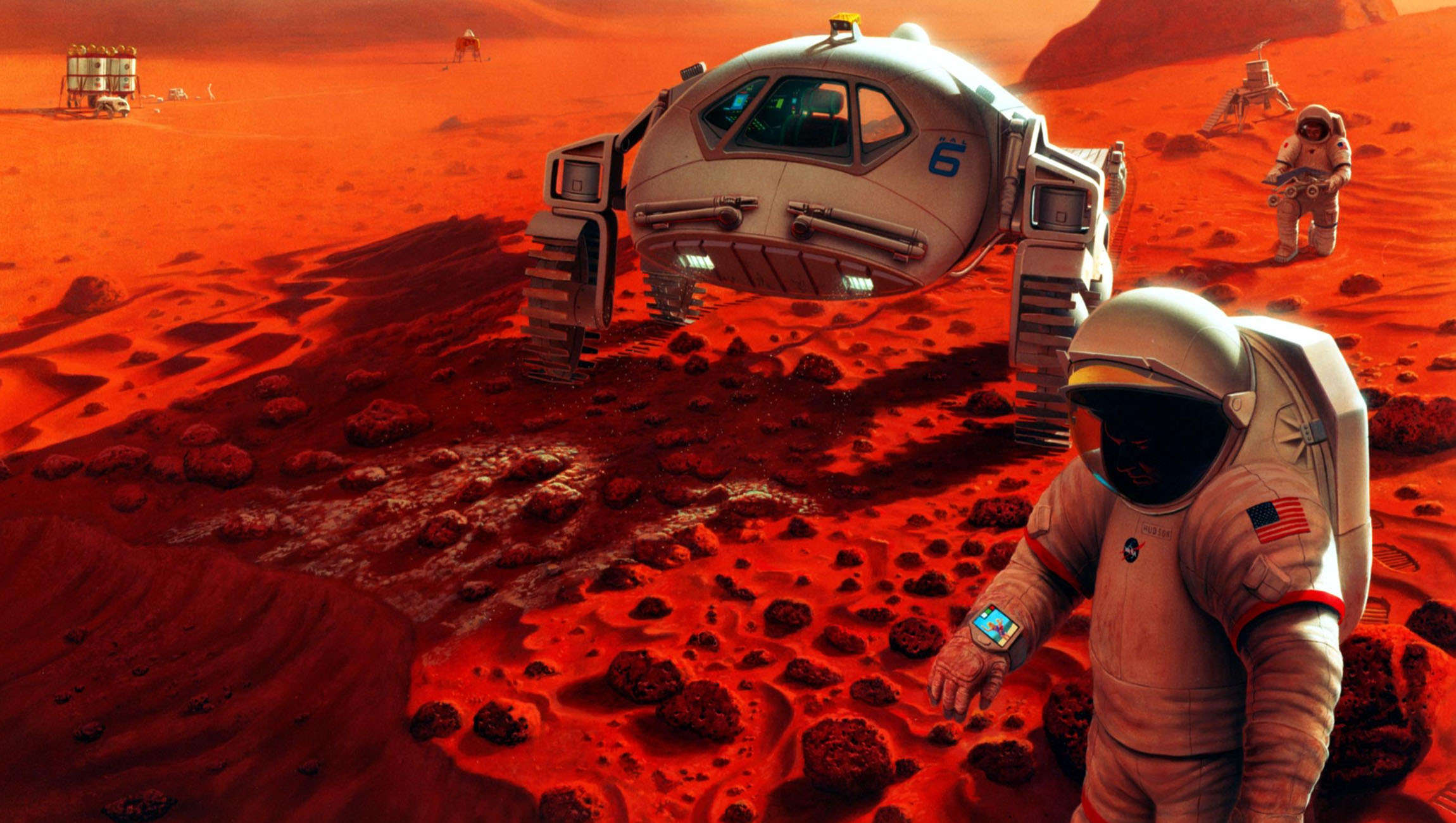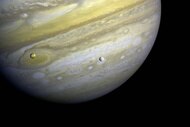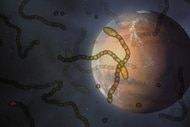Create a free profile to get unlimited access to exclusive videos, sweepstakes, and more!
Now that we live in a dystopian quarantine era, NASA’s priority for Mars is avoiding alien microbes

NASA was thrilled at the prospect of finding life on Mars, even if the only thing they found were fossilized microbes to prove there was once life on the otherwise barren, radiation-blasted planet. Then 2020 happened.
Even priorities for a manned mission to the Red Planet have changed now that we’re basically living a dystopian science fiction novel. Making sure that nothing from Earth hitched a ride and contaminated Mars was already up there, but what is more important now is that no hypothetical creepy crawlies from Mars manage to sneak into a spacesuit or get a free trip back to Earth. A NASA Interim Directive, titled Biological Planetary Protection for Human Missions to Mars, was recently released because in space, no one can hear…you get where this is going.
“Safeguarding the Earth from potential back[ward] contamination is the highest planetary protection priority in Mars exploration,” says the official document.
The space agency put out a similar directive for the Moon, but come on. Everyone knows the Moon is lifeless.
While it is highly likely that Mars is also devoid of life, you can never be too sure. NASA was able to prove there were no lunar bugs threatening us after quarantining astronauts who returned from several of the Apollo missions. With most of the planet now in quarantine, the last thing we need is an alien pandemic. The 1967 Outer Space Treaty is the backbone for the new directive, stating that astronauts on future missions need to watch out for anything that they could contaminate alien turf with (like those tardigrades that crashed on the Moon with Beresheet)—and also keep themselves as sterile as possible in case they are exposed to potentially dangerous organisms.
What is the chance that life even exists on the frozen desert we call Mars? Opinions vary depending on who you ask, but there could be. There is an abundance of water ice on Mars. Life as we know it on Earth requires water, even though the Red Planet’s thin atmosphere may be a dealbreaker when it comes to things actually surviving. Mars is actually thought to have been much more like Earth before solar and cosmic radiation attacked it. Ancient organic molecules made up of carbon and hydrogen were previously detected by Curiosity in 3-billion-year-old rocks on Mars. These can be indicators of life or traces of past life, but are also created by inorganic processes.
Methane of mysterious origin was also found by Curiosity’s Sample Analysis at Mars (SAM) instrument suite. Scientists believe it could have been the by-product of a chemical reaction between water and rock, but since methane is an organic compound, they never ruled out the possibility of it being generated by biological processes.
Then there is the question of how you sterilize humans who are about to step onto a planet where no Earthling has gone before. The answer is that you can’t. Humans are full of bacteria that is vital for us to stay alive. We are also germ vectors, which is how the current situation, despite its dubious beginnings, exploded into a pandemic. NASA has committed to developing “risk-informed decision making implementation strategies” for Mars-bound astronauts. Tests here on Earth as well as information from the ISS and upcoming Artemis missions will help the space agency be better informed about safeguarding humans from any Martian threat, because scientific exploration cannot be conducted at the expense of human life.
“For a landed [human] mission conducting surface operations, it will not be possible for all human-associated processes and mission operations to be conducted within entirely closed systems,” the directive says. “[Humans] exploring Mars, and/or their support systems, will inevitably be exposed to Martian materials.”
If there are Martian bacteria or other life-forms that could mean peril for humans, the first boots on Mars will need to tread with caution.



























